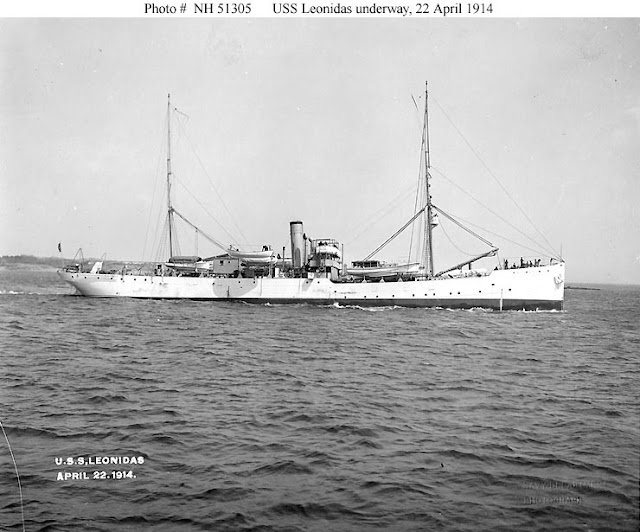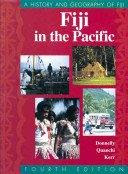An
Auckland Church leads the way to pay a tribute to Girmitiyas
Guest
Writer: Rajendra Prasad, author, Tears in Paradise
[Prologue
and Epilogue by FIJI PUNDIT, Thakur Ranjit Singh]
PROLOGUE (By FIJI PUNDIT]
There
are some estimated 100,000 people of Indian origin in Auckland, with Indo-Fijians,
and descendants of Indentured labourers comprising almost half at around
40-50,000. As the case in Fiji, majority are Hindus, almost 70%. When Indians
were initially brought from India to Fiji from poorer states in Uttar Pradesh
and Bihar, almost all were Hindus, some Muslims. Christians were almost none,
until some came from South India towards the tail-end of Girmit.
In
Auckland, we have some Indo-Fijian descendants of original scrub-cutters who
usd to come to New Zealand in large numbers on a 3-month contract in early 60s
and some stayed back, as majority did in Fiji after Girmit. However the influx
came in the aftermath of 1987 coup through the then Labour leader, David Lange’s soft heart
for Indo-Fijians. They have been trickling in since
then, with yours truly being a “green” migrant of less than ten years.
Hindus
have multitudes of Mandalis and organisations in small pockets, without being
able to unite in any wholesome body. When Ram Naumi comes, it takes more than
half an hour on radio to tell where there are sitting and who are pracharaks and
Pundits doing katha. One estimate says we have some 70-80 Ramayan and religious
Hindu Mandalis/organisations in Auckland. [But none were present during Girmit
Divas] While there are three Sanatan Sabhas, they do not really represent anybody,
but concentrate of playing soccer or replicate what other Mandalis do.
In
2006, I approached Shiv Mandir at Holmes Road in Manurewa that is seen as an institution
on Indo Fijians, to commemorate Girmit Divas. That is seven years ago. My pride
was dented and enthusiasm for Girmit died when they demanded money for
honouring those who were the very reason for us having Mandirs and religion. It
was not until 2012 that Waitakere Indian Association, perhaps the best
organised Indian body in New Zealand (none of them featured in the so – called Indian
Hall of Sha..oops Fame) held first Girmit Remembrance Day followed later by
formation of Fiji Girmit Foundation [that function coverage to come later]
However,
as a Hindu, to be invited in a Church of some less than ten years, for
commemoration of FIRST-EVER RELIGION-INITIATED event to honour our Girmitiya, I
grabbed the opportunity, to visit this function with my wife. I had the first
hand experience of what I felt shamed the multitudes of Hindu organisation, who
in their three decade of beating drums and having grog parties in name of
religion, could not come together to mark any Girmit Divas to date. The story
and article below is by my friend, RAJENDRA PRASAD, who is a member of this
Church and we happen to come from the same locality near Rarawai Sugar Mill in Ba,
Fiji, and are uniquely passionate about honouring the memories of those who
most Indo-Fijians have forgotten in their new-found wealth, fame and education,
which all came from sacrifices, suffering and vision of Girmitiyas.
xxxxxxxxxxxxxxxxxxxxxxxxxxxxxxxxxxxxxxxxxxxxxxxxxxxxxxxxxxxxxxxxx
GUEST
WRITER-RAJENDRA PRASAD
On the 134th anniversary of Girmit, there is
a glimmer of hope that the Girmitiyas, warriors of toil and soldiers of peace,
will eventually be remembered annually, as a ‘disconnected’ community
ultimately becomes connected to its foundational history. This sense of
optimism is based on two events that took place in Auckland, New Zealand that
have reached worldwide audience. One was organized by the Calvary Indian
Assembly of God Church on May 17 and the other by the Fiji Girmit Foundation
New Zealand at the Skipton Hall, Papatoetoe on May 18, 2013 [This coverage to
come later, EXCLUSIVE to FIJI PUNDIT]. Both drew sizable audience.
EK SHAAM GIRMITIYON KE NAAM-an evening
dedicated to memories of Indentured labourers. By CALVARY INDIAN ASSEMBLY OF
GOD CHURCH, OTAHUHU, AUCKLAND.
 |
| Panghat pe Nandlal mohe cher gayo re...people in the festive mood on stage at Calvary Temple, depicting dressing and costumes of Girmit Era. |
The Youth Ministry of
Calvary Indian Assembly of God Church organized an evening, ‘Ek Shaam
Girmitiyon ke Naam’ (An Evening of Tribute to Girmitiyas) on Friday May 17 that
stuck a somber note in the hearts and minds of the audience as never before.
All the members of this Church (over 400) are from Fiji and they sat enthralled
by the presentations made in remembrance of the Girmitiyas.
 |
| Ladies in Girmit costume. Has any Naari Sabha or other Indo-Fijian groups been able to do anything like this anywhere, to mark memory of Girmitiya forbears? |
A Bidesia (folk song – a lamentation) composed
in the sugar cane fields of Fiji by the Girmitiyas, capturing their pain,
suffering and angst, was sung in traditional tune and accompanied by
traditional music. Speakers strongly alluded to the theme ‘reconnecting,
reclaiming and restoring Indo-Fijian history,’ which was noted for its absence
in school curriculum.
 |
| Kali kothariya mein betey sari ratia, kis koh bataaye hum peeer re Bidesia---live singing of traditional lament song-Bidesia |
Violence during the Girmit
and its impact on successive generations was alluded to by Mrs Manju Verma, a
senior social worker with Child, Youth and family who has closely observed the
residual effect of violence on successive generations, perpetrated during the Girmit.
 |
| Mori gagri na tor...the traditional water container |
The MC for the evening, Ron
Chandra stole the show, wearing dhoti, shirt, pagdi (turban) and moustache. Other men
also dressed in traditional attire but the women were not to be outdone, as
they came clad in lehnga, the traditional top with veiled heads that added an
aura to a memorable evening that brought tears, joy and celebration beyond
everyone’s expectation.
 |
| Muche hoh toh Nathu Lal jaisi -. Master of Ceremony, Ron Kumar, left, with his father at Girmit function. |
Those wearing traditional
attire proudly displayed their costumes, which brought wide applause and also
evoked memories of an era when clothes were essentially worn to cover the human
body in accordance with the societal norms.
 |
A close-up of the humble Girmit attire by ladies at the evening's function.
|
The evening concluded with
a feast of supper that was specially prepared by qualified chefs who are
members of the church. The occasion ignited a thirst for knowledge on Girmit and
reconnection with our Girmitiya forebears and preparations are now underway to
make it bigger, better and brighter for the 135th anniversary next
year. The occasion is to reflect the spirit of the Girmitiyas that transcended
the barriers of race, religion or caste, allowing others to share the occasion,
as they did in their pain and suffering during the Girmit.
Consequently, Pastor Andrew
Pratap pledged that next year the doors of the Church will be opened to all
those who are descendants of Girmitiyas to share an evening with the Church
members. Display of Girmit artifacts and Girmit Dinner is expected to precede
the function. Indeed, people will be encouraged to wear traditional clothes,
which will be a physical manifestation of an era that evokes varied feelings
and emotions.
 |
| Display of Girmit artifacts, including sugar cane, Indian wok (karhaiya), coconut leaves broom, Sil/ Lohra (grinding stone), hurricane lamp, Ketli (kettle) etc. |
EPILOGUE
[By
FIJI PUNDIT]
As
a Hindu I was ashamed that as over 80% of Girmitiyas were Hindus, and we have
multitudes of bodies shouting praises of Hinduism, yet we could not come
together to honour the memories of those who were honoured by a recent minority
Church. It is an advice to the so-called Hindu Indo-Fijian leaders and priests
to come out and learn from Indian Churches in what and how they do to advance
the status of youth and unfortunate in our community. Our Brahmins and Pundits,
who are the biggest beneficiaries of legacies of Girmit, failed to show at
Girmit Remembrance Day at Skipton hall the next day on 18 May, 2013. But that is another story, FIJI PUNDIT will
tell later.
FIJI
PUNDIT salutes Pastor Andrew Pratap and his Calvary Indian Assembly of God
Church for their initiative and love for their heritage. My only wish is that
our Hindu organisations, priests and Brahmins will also have some motivation to
become functioning part of our community to contribute handsomely to the
community well-being and not only remain beneficiaries of a legacy we have
forgotten. AMEN.
[Thakur Ranjit Singh -E-mail: thakurji@xtra.co.nz]


















